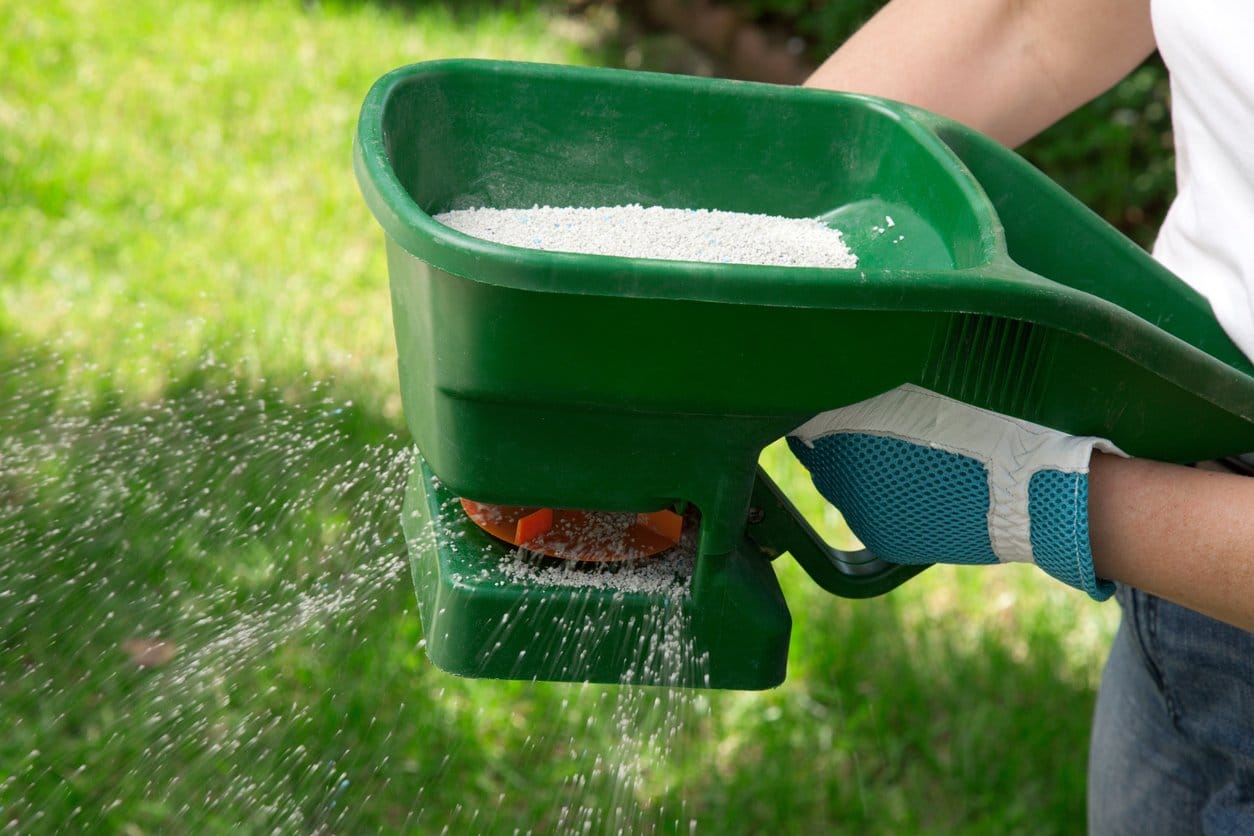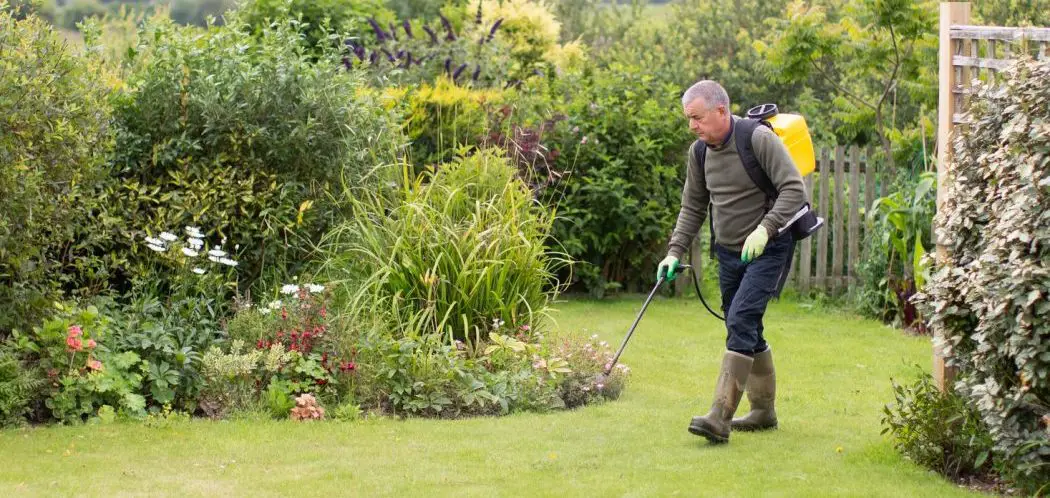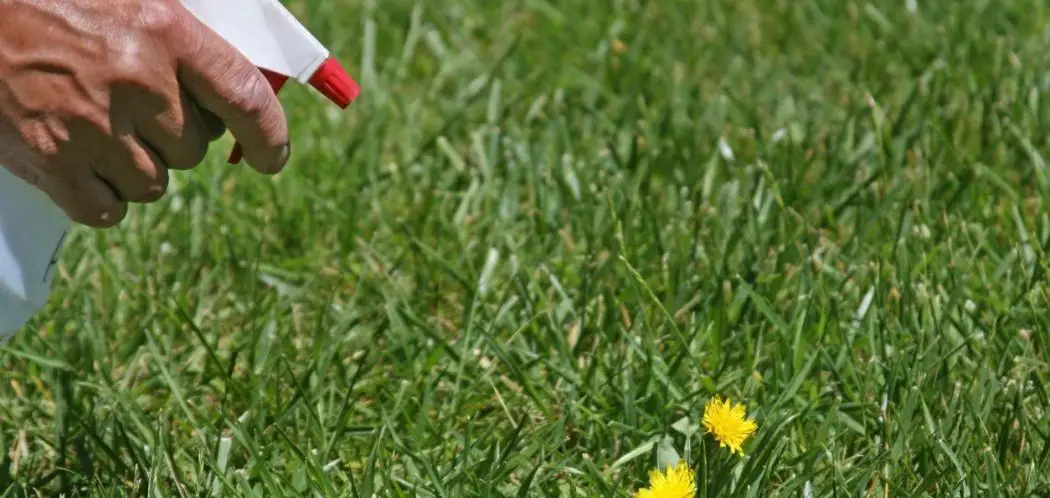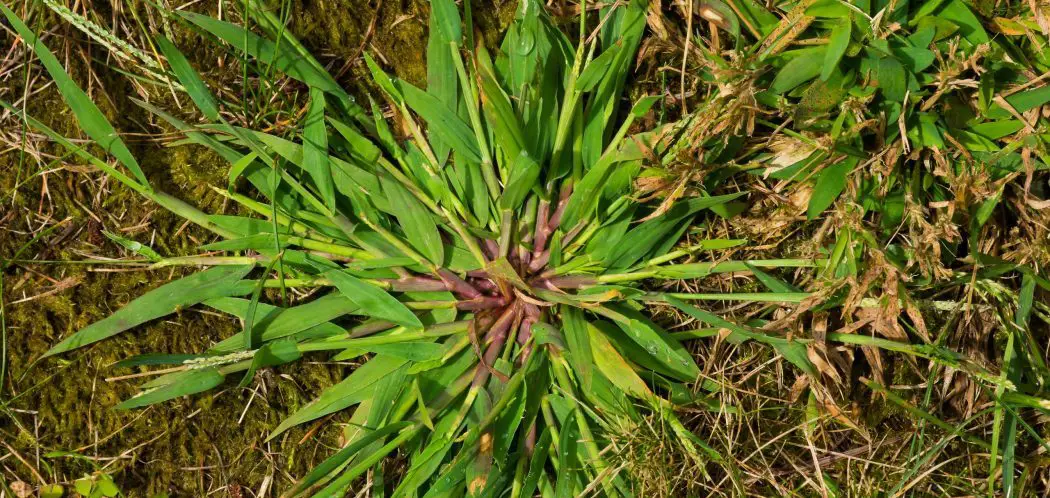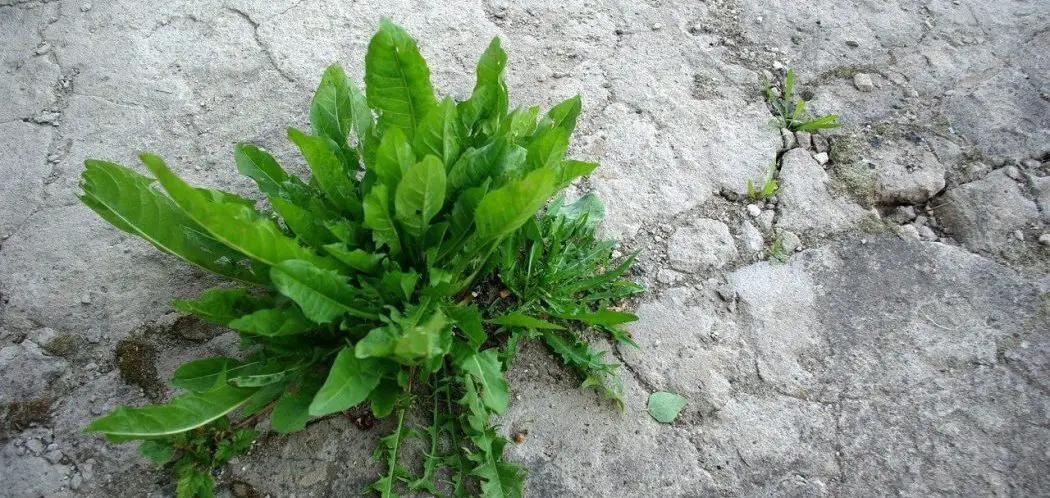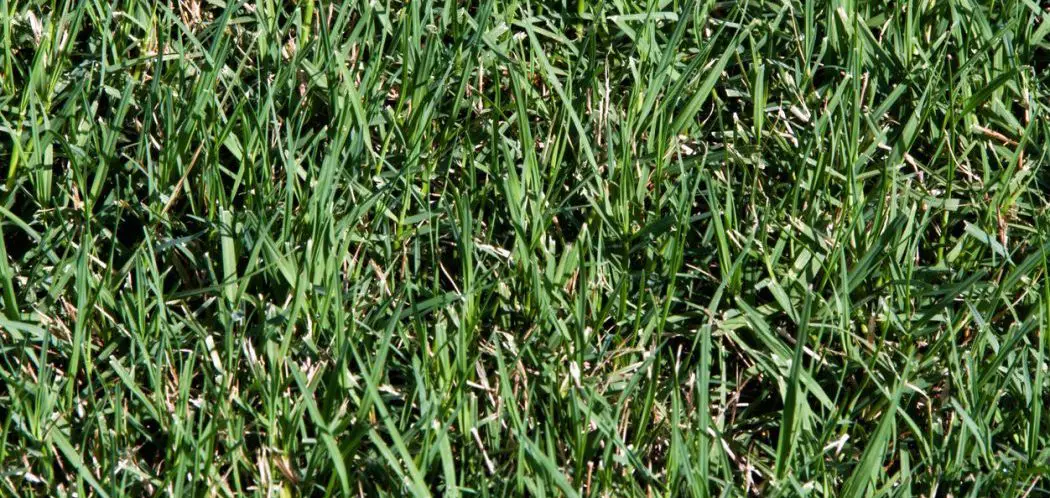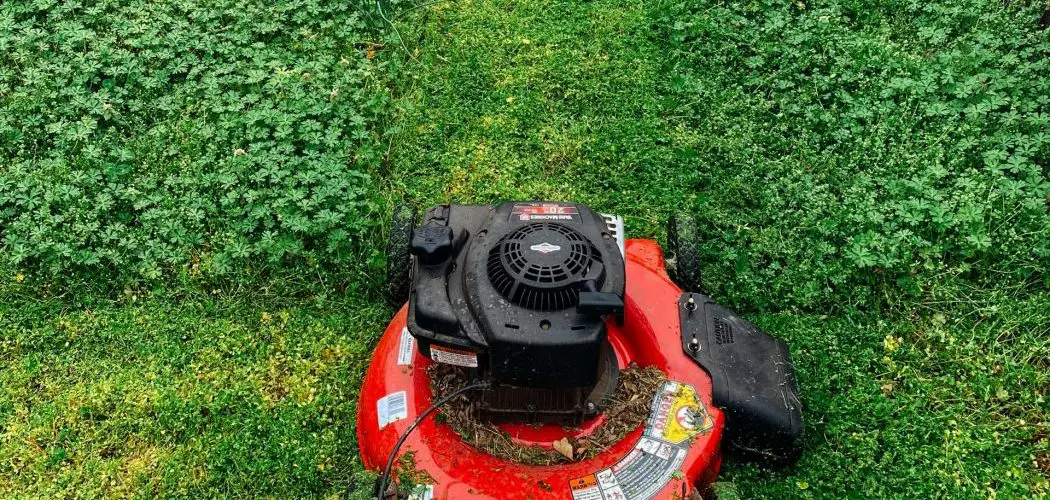A weed is simply a plant growing where you don’t want it to.
Weeds can be a nightmare to deal with and keeping them out of your lawn is really an ongoing process. There’re multiple different ways people try to get rid of them and often times they include using a lot of different chemicals.
You may be wondering whether you should be putting down fertilizer to kill the weeds in your lawn.
In short…
Fertilizer will not kill weeds when applied directly. Fertilizer is used to assist with the growth of any plant, and a weed is no exception. Fertilizer is sometimes applied to turfgrass to help it grow thicker which is the best way to crowd out weed growth.
Your best defence against weeds in your lawn is cultural controls. It’s much easier to stop weeds by preventing them from being able to grow in the first place.
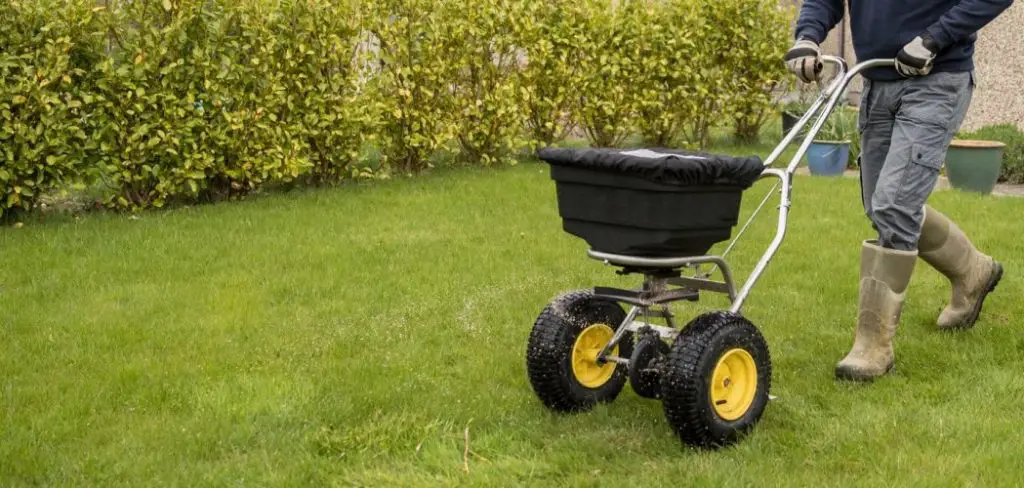
How fertilizer helps to control weeds in your lawn
Fertilizer is not food for your lawn. It’s used as the building blocks for your grass to grow as best as it can.
Fertilizer is best applied during the growing season of your grass. If you have a cool season grass type, this will be in the spring/fall. For warm season grasses, you’ll want to apply fertilizer in the summer.
If your grass grows thick and healthy, the weeds in your lawn won’t have the right conditions they need to grow.
The important thing to recognise is that any plant needs sunlight, air, water and nutrients to grow so if you can prevent the weeds from getting what they need, they won’t be able to be so invasive in your lawn.
A healthy turf is the key!
When your grass is growing strong and your turf is thick, it leaves no room for the weeds to grow. All plats need access to sunlight water and nutrients.
Understanding Fertilizer
It’s good to understand how fertilizer works to know
Every bag of fertilizer is going to have three numbers on it – The NPK ratio.
This is the ratio between Nitrogen-Phosphorus-Potassium.
A fertilizer is not designed to kill off a plant!
Although you can do this if you apply way too much. A fertilizer is an artificial substance designed to help a plant grow and improve productiveness.
Nitrogen
The nitrogen content of the fertilizer is always the first number of the three, and it’s usually the highest.
Nitrogen’s most important role is to stimulate growth. After putting nitrogen down, you’ll notice your grass growing a lot faster. Nitrogen also helps your grass to stay healthy and strong during stressful conditions such as drought. Finally, it plays an essential role in the production of chlorophyll which is needed in the photosynthesis process.
Phosphorus
Phosphorus helps for strong root development. The roots are important because they help the grass to spread giving you a thick lawn.
Potassium
Applying potassium won’t necessarily make your lawn look any different, it will help the grass more able to resist disease, fungus, drought or foot traffic. Potassium helps to increase the “immune system” of your lawn.
They key thing to recognise is that all of the above are nutrients are included in fertilizer to provide your grass with the building blocks to grow healthy and strong.
Always use the recommended application rate on any fertilizer!
If you apply too little, you could end up with shallow growth. If you apply too much fertilizer you can end up burning your lawn. I’d recommend using a slow release, granular product.

Using a combination of fertilizer and a herbicide
There’s plenty of “weed and feed” products out there on the market and these works great to help kill off any unwanted plants while promoting grass growth.
Selective herbicides are designed to work on specific plants, hence the word “selective”.
Using cultural controls along with a fertilizer
Using a fertilizer shouldn’t be the only practice to promote turf grow to crowd out weeds in your lawn.
Here are some of the other ways you can give your lawn a helping hand…
- Keeping your lawn aerated – aerating will reduce compaction and allow more air flow to get down into the root system.
- Reducing thatch levels – This can all help your grass to get more access to sunlight and water
- Mow at the proper height – While you might be tempted to cut your grass really short, you’re much better off keeping your grass at least 3 inches to help weeds from popping up.

